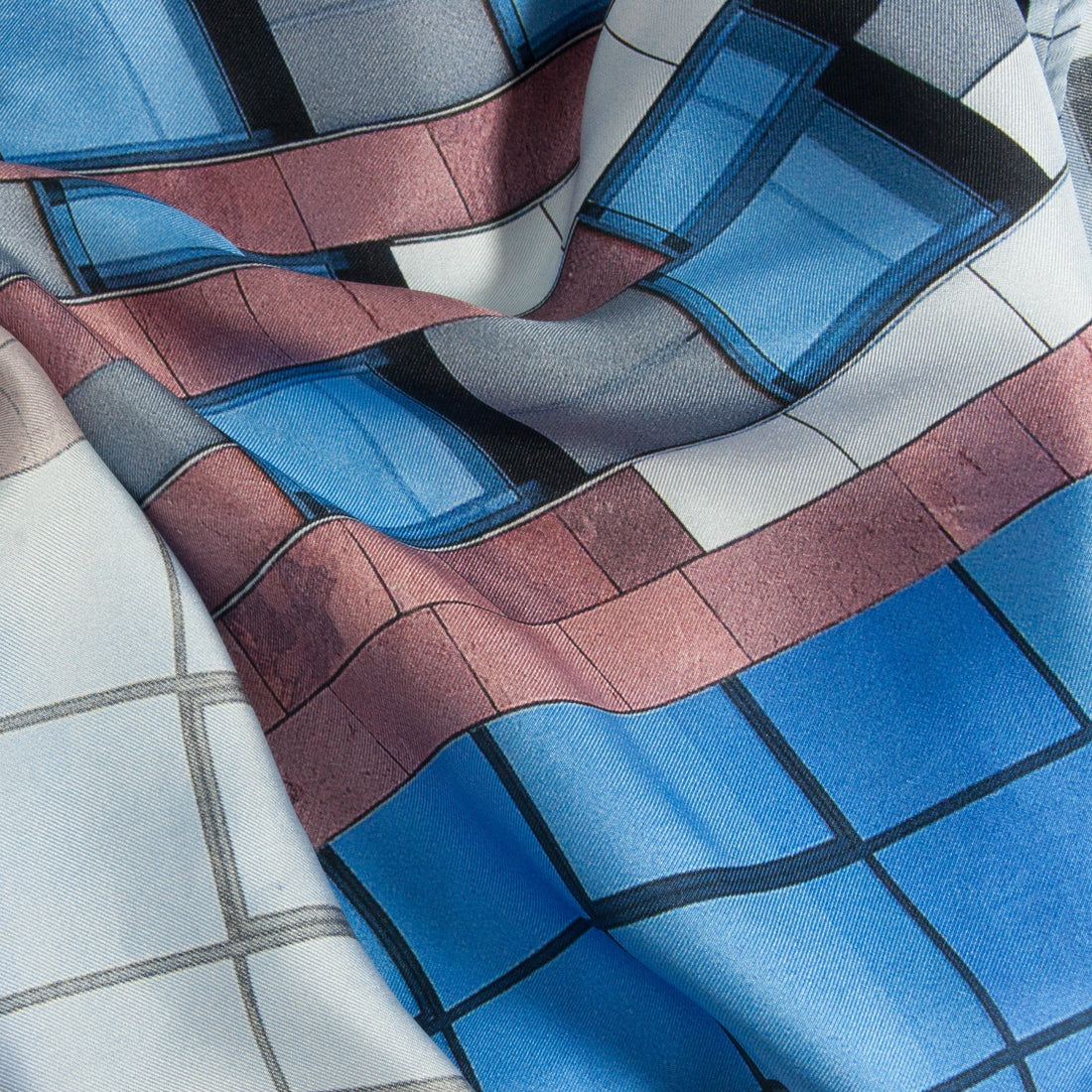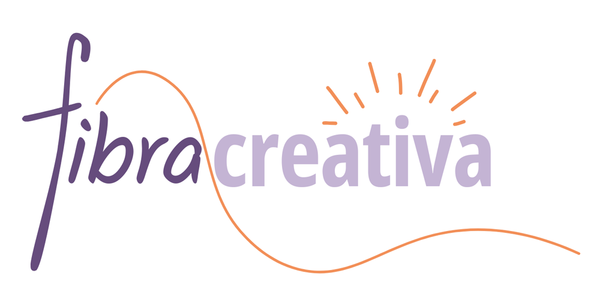
Textile digital printing: characteristics and advantages
Share
Digital textile printing emerged in the early 1990s, marking a break with traditional printing techniques such as screen printing, sublimation printing, or block engraving.
Since its emergence, this technique has radically transformed the textile printing industry, offering advanced customization, speed of production, and a more ecological approach.
This article covers the technique itself, the types of inks and fabrics used, as well as the advantages and disadvantages compared to other textile printing methods.
1. The digital textile printing technique
Digital textile printing consists of directly reproducing an image or pattern from a computer file onto the textile. Unlike traditional methods like screen printing, which requires creating screens for each color, this technique operates entirely digitally and automatically. Here are the key steps of the process:
- File preparation: The design or image is prepared using graphic design software and converted into a format suitable for the printer (usually in high resolution).
- Fabric pretreatment: Depending on the nature of the textile, pretreatment may be necessary (application of a fixative, coating, or conditioning) to improve ink adhesion and durability.
- Direct printing: The image is transferred directly onto the fabric via a specialized printer, often inkjet. The latter deposits ink droplets with great precision, allowing faithful reproduction of details and color gradients.
- Sublimation printing: The image is printed on a paper support, then transferred by applying heat to the textile support.
- Drying and fixation: After printing, the fabric undergoes a drying and thermal fixation process. This treatment ensures a durable integration of the ink into the textile.
2. Inks used in digital textile printing
The choice of ink is crucial for the final result and the durability of the print. Inks are specific to the material composing the fiber to be printed. The main inks used are:
-
Water-based inks :
- Often used on natural fibers like cotton.
- Ecological advantage and offer excellent color diffusion thanks to their low content of toxic compounds.
-
Reactive inks :
- Ideal for cellulosic textiles (cotton, viscose, linen).
- They chemically react with the fibers, creating a strong and durable bond that withstands washing well.
-
Sublimation inks :
- Mainly designed for polyester textiles or fabrics specially treated for sublimation.
- Under the effect of heat, the ink turns into gas and integrates directly into the fibers, offering vivid colors and great durability.
-
Acid inks :
- Specially formulated for protein fibers such as silk or wool
-
They allow obtaining fine shades and bright colors on these delicate materials.
3. Advantages and disadvantages of digital printing on fabrics
Digital printing offers many advantages over traditional techniques, which explain the growth of the technique in recent years.
- Creative flexibility: Allows printing complex designs, photographs, and color gradients with high precision. Design modifications and customizations are easy and low-cost.
- On-demand production: This technique is ideal for small runs, on-demand production, or customization of unique items, unlike screen printing which requires large runs to be cost-effective.
- Less waste: By eliminating the creation of screens, films, or stencils, digital printing generates less waste and consumes less water, thus reducing environmental impact. The ability to print small quantities reduces stock and unsold items, saving valuable resources and limiting waste.
- Speed of execution: It allows for rapid production, which is particularly advantageous for following constantly evolving fashion or decoration trends.
Digital printing still has some disadvantages and limitations compared to other methods:
- Variable durability: The print's durability strongly depends on the type of ink, fabric, and pre- and post-print treatments. In some cases, especially if fixation is not optimal, durability may be lower than that obtained by traditional methods like screen printing.
- Limited compatibility with certain textiles: Fibers react differently to inks, hence the importance of using suitable inks to achieve good results. Some fabrics that can be screen printed are not suitable for digital printing.
- Difficulty printing on dark fabrics: Generally, printing is done on white fabrics. Direct digital printing on dark textiles is more difficult to achieve, as it may be necessary to apply multiple layers or opaque inks to ensure color brightness, which can affect the texture and flexibility of the fabric.
- Limitations for color blocks and solid backgrounds: Unlike screen printing, which is perfect for achieving perfectly even color blocks, digital printing can show small visible variations on large very uniform surfaces.
- Cost for large productions: For large quantities, the cost of textile digital printing remains higher than traditional methods.
4. Choosing patterns for optimal results
In textile digital printing, some patterns work particularly well, while others may present technical limitations depending on the desired outcome.
🌟 Patterns that work well
- Detailed drawings and fine illustrations: Thanks to the high resolution of digital printers, delicate lines, pencil effects, or artistic strokes are rendered precisely.
- Gradients and watercolor effects: Digital printing excels at reproducing subtle shades, shadows, and color blends, which are difficult to achieve with screen printing.
- Photographs: Direct printing allows photographic images to be rendered realistically, ideal for modern or artistic creations.
- Complex and multicolored patterns: No need to overlay multiple screens: even designs with dozens of colors come out sharp and faithful.
⚠️ Limitations for color blocks and solid backgrounds
- Very dense color blocks and solid backgrounds: Large areas of uniform color can sometimes show slight irregularities, such as bands or differences in saturation, depending on the fabric and ink used.
- Dark backgrounds: Digital printing works better on light fabrics. On dark bases, the contrast may diminish unless a white underlayer is used (which is not always possible depending on the machine or ink).
In summary, digital printing is perfect for artistic patterns rich in detail. For perfectly even color blocks, it is sometimes necessary to adjust the file or choose a well-prepared fabric, or even opt for screen printing.
Conclusion
Digital fabric printing is an innovative technique that offers great creative freedom with remarkable details and the possibility to produce small series or unique pieces. Thanks to a wide range of inks suitable for different types of textiles, this method meets various needs, from fashion to interior decoration.
Compared to other traditional techniques, digital printing stands out for its speed, flexibility, and customization potential. However, it is important to carefully choose the exact type of printing, inks, fabrics, and patterns to ensure an optimal result.
